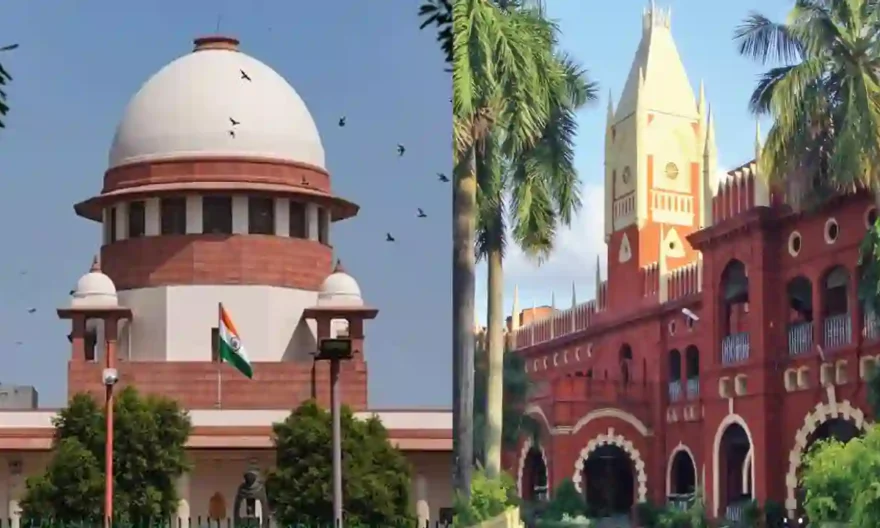
The Supreme Court has recently expressed its gratitude to the Orissa High Court for utilizing technology to improve access to justice for persons living in remote regions of the state.
A bench led by Chief Justice of India (CJI) DY Chandrachud was hearing petitions contesting the Centre’s decision to dissolve the Odisha Administrative Tribunal. One of the petitioners’ arguments was that the termination of the OAT infringed the basic right to access to justice.
While rejecting this argument, the Supreme Court stated that the right to access to justice cannot be understood to entail that “every forum of adjudication created by statute or the Constitution should be in every village, town, or city.” In this respect, the Court stated that the matters pending in the OAT will now be heard by the High Court.
The Court further noted that the Orissa High Court had created benches in several cities and towns around the state. “In fact, the number of virtual benches of the High Court is greater than the number of benches of the OAT. Litigants from across the state can access the High Court with greater ease than they could access the OAT,” the judgment given by CJI Chandrachud stated.
Praising the Orissa High Court’s model and advising other High Courts to follow the same, the judgement stated, “The High Court of Orissa has creatively utilised technology to bridge the time taken to travel from other parts of Odisha to Cuttack. Indeed, other High Courts must replicate the use of technology to ensure that access to justice is provided to widely dispersed areas. This will ensure that citizens have true access to justice by observing and participating in the proceedings before the High Courts in cases of concern to them”.
CJI Chandrachud praised Orissa High Court Chief Justice Dr. S Muralidhar in open court in January while hearing a plea for regional benches for the Himachal Pradesh High Court. If virtual court capabilities are available, the issue of regional benches becomes irrelevant, CJI stated while citing the example of the Orissa High Court.
“In Odisha, Chief Justice Muralidhar has established video conferencing facilities in each district. He has decentralized the system, and there are now benches in every district across the state. As a result of the capabilities, any district lawyer can attend in the High Court via video conferencing,” CJI stated.
In September of last year, Justice Chandrachud said while delivering the keynote address at the First Anniversary of the Record Room Digitisation Centre (‘RRDC’) at the Odisha Judicial Academy in Cuttack, “The Orissa High Court has been truly in the ‘forefront’ in implementing initiatives of the Supreme Court of India’s E-Committee.”
“Today, from that perspective, I am very proud to witness the first of many transformations in action at the Orissa High Court, which are being spearheaded by Chief Justice Muralidhar,” he said, emphasizing that the transformation of the justice delivery system required the development of Court capabilities that were scalable, stable, and crucially designed for use both by laypeople and lawyers.
CJI Chandrachud had disapprovingly noted, while hearing a batch of petitions seeking to make virtual hearings a basic right, that many High Court Chief Justices were adverse to deploying technology.




